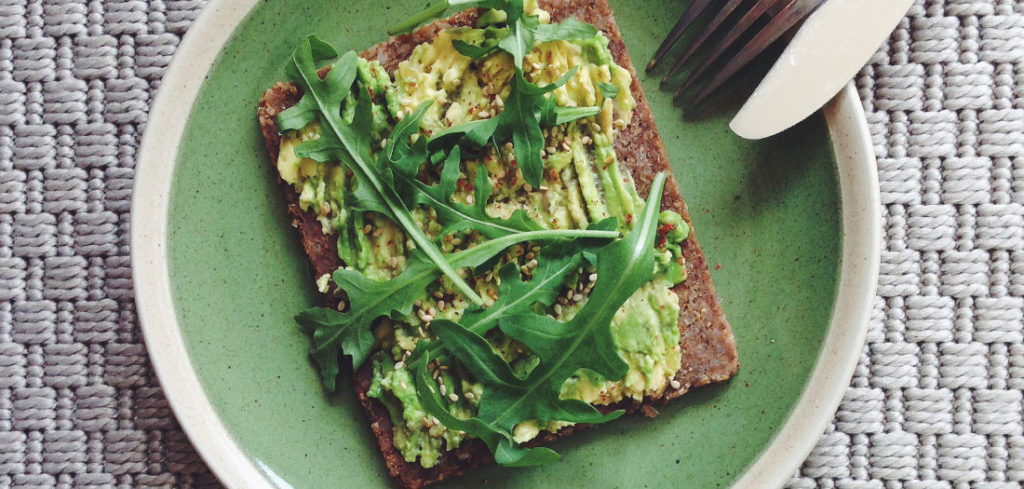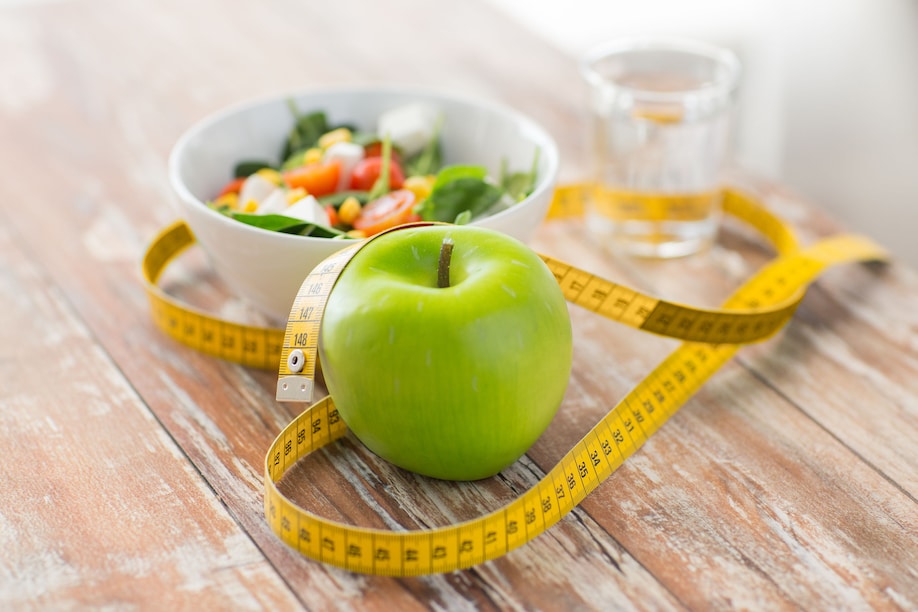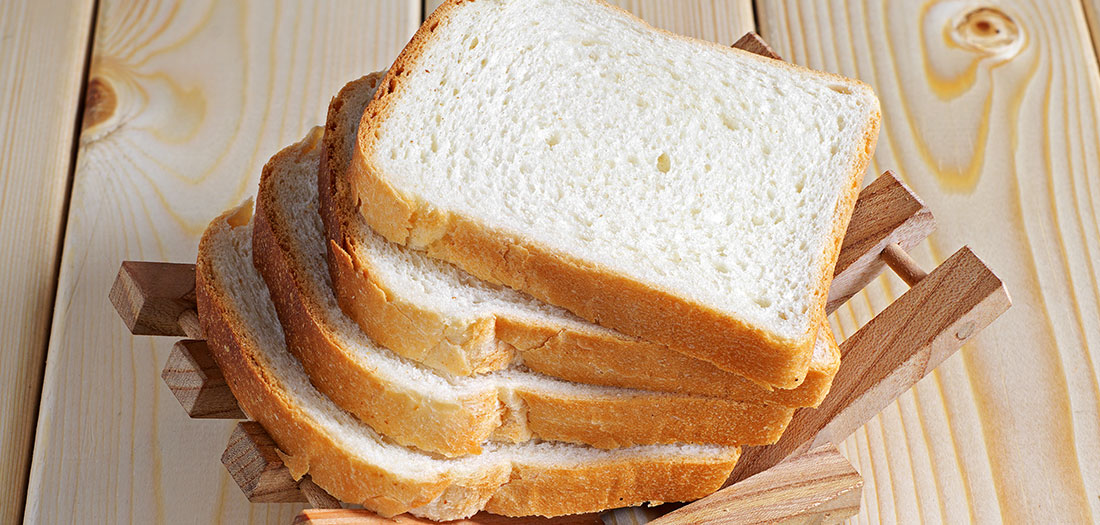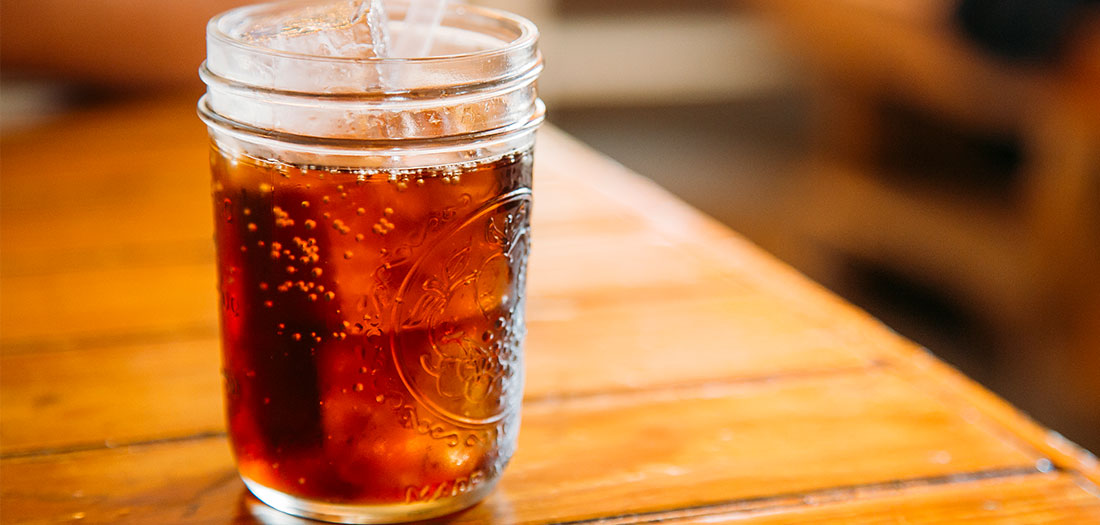Jacob Newland
 Jacob Newland
Jacob Newland
Personal Trainer
Jacob, a graduate of Heritage College, has a degree in Personal Fitness Training. The program at Heritage College focuses on aerobic fitness, strength training, preventative fitness, weight loss, basic diet, and nutrition. Jacob’s approach to training is based solidly on the American Council on Exercise (ACE) guidelines. To better help his clients achieve their goals, he plans to return to school and earn a bachelor’s degree focusing on health and fitness.
Jacob has worked with a diverse clientele ranging from college athletes to baby boomers. Jacob strongly believes that we all have the potential to be great; we just need to work against society’s temptations to get there; he tries to instill in all of his clients this drive “to be great.” An avid soccer player from an early age, Jacob has played on the South-East All-Star Team and continues to enjoy soccer in his spare time.


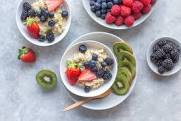 4. Call on Convenience Foods
4. Call on Convenience Foods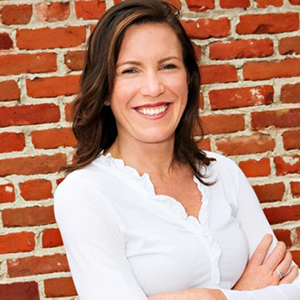
 Cherry Aubrey
Cherry Aubrey Protein is always a hot topic. Carbs have been demonized. Fat has been on the chopping block. But protein? It earns a health halo, often connected to everything from weight loss to muscle gains. Maybe this is for good reason. After all, researchers and protein experts around the world are investigating protein’s optimal role in aging and satiety across the lifespan. Yet that doesn’t mean our diets get protein right. Researchers find we’re eating too much protein at the wrong times—and not enough at the right times. Namely, we need more high-quality protein at breakfast and less protein at dinner, the research suggests (Mamerow et al. 2014).
Protein is always a hot topic. Carbs have been demonized. Fat has been on the chopping block. But protein? It earns a health halo, often connected to everything from weight loss to muscle gains. Maybe this is for good reason. After all, researchers and protein experts around the world are investigating protein’s optimal role in aging and satiety across the lifespan. Yet that doesn’t mean our diets get protein right. Researchers find we’re eating too much protein at the wrong times—and not enough at the right times. Namely, we need more high-quality protein at breakfast and less protein at dinner, the research suggests (Mamerow et al. 2014).


 The alarm rings and you press “snooze” one time too many. By the time you roll out of bed, you think it’s too late for breakfast so you don’t eat. While some people do skip breakfast on a regular basis, it’s not a good idea. The potential perils include a more sluggish metabolism as the body shifts into starvation-response mode. Couple this with a tendency to become ravenous and binge later, and weight gain can happen. Cognitive abilities can also suffer: You may get headaches, feel fatigued and be less able to concentrate.
The alarm rings and you press “snooze” one time too many. By the time you roll out of bed, you think it’s too late for breakfast so you don’t eat. While some people do skip breakfast on a regular basis, it’s not a good idea. The potential perils include a more sluggish metabolism as the body shifts into starvation-response mode. Couple this with a tendency to become ravenous and binge later, and weight gain can happen. Cognitive abilities can also suffer: You may get headaches, feel fatigued and be less able to concentrate.
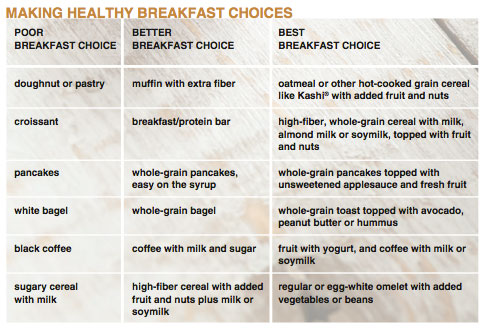
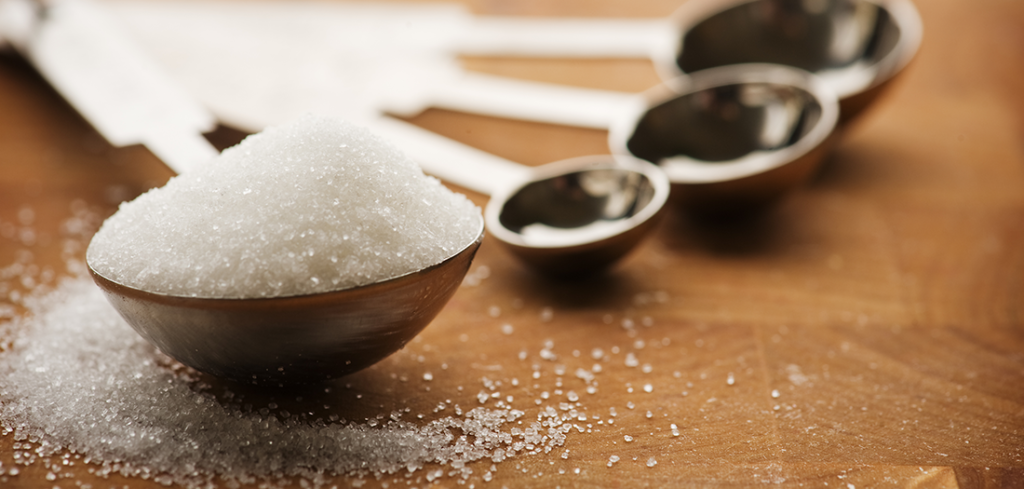
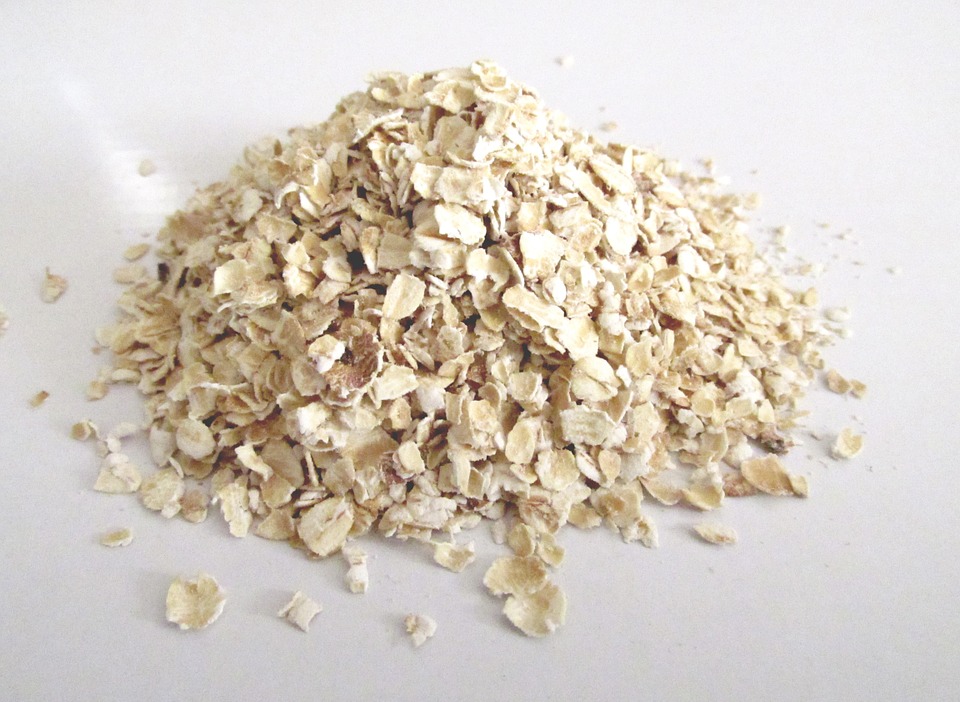 Avoiding Whole Grains
Avoiding Whole Grains 